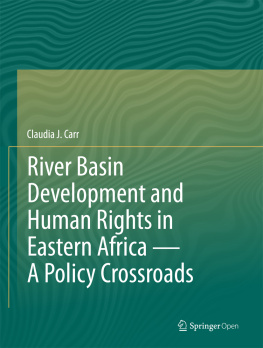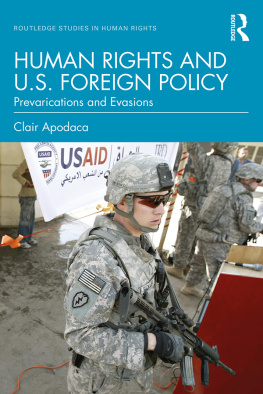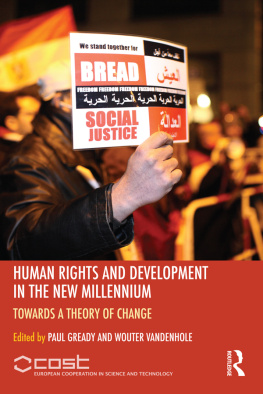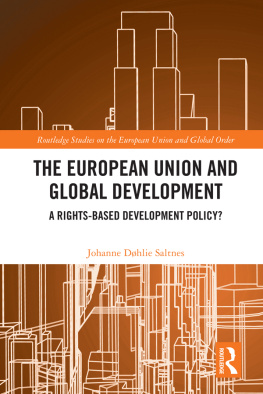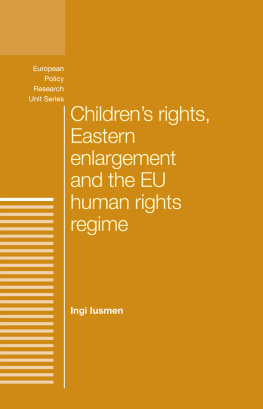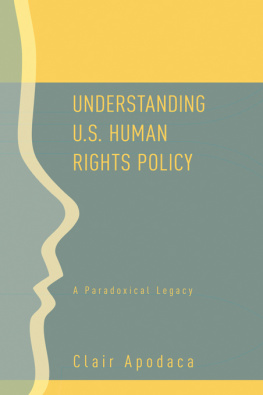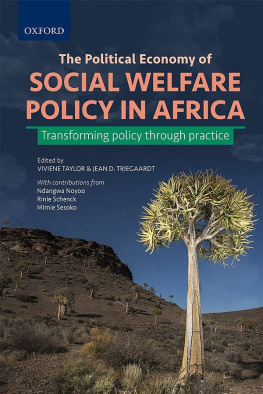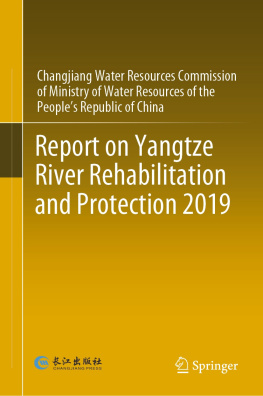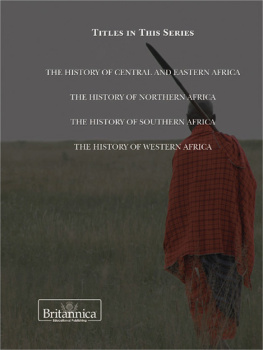1. At Stake with River Basin Development in Eastern Africa
Abstract
River basin development in Africa has nearly unparalleled significance for the future of entire nations. Most major hydrodam projects undertaken in the continent have produced intense controversy, particularly over their socioeconomic and environmental impacts. In eastern Africa, river basin development is producing a major humanitarian and human rights crisis for a half million indigenous people in the border region of Ethiopia, Kenya and South Sudan. This crisis stems from developments in the Omo River basin of southwestern Ethiopia, with major international support. Construction of the Gibe III hydrodamone of the worlds tallestis primarily geared to the production of hydroelectricity for the benefit of commercial and financial interests within Ethiopia and energy export throughout eastern Africa, as well as to major irrigated commercial agricultural development along the Omo River. The crisis at hand is an international one, especially since the Omo River is a transboundary watercourseflowing from the Ethiopian highlands to its terminus within Kenya at that nations Lake Turkana, where it provides most of the lakes water. The combined hydrodam and large-scale irrigation agriculture development would cause radical reduction of both river flow volume and lake levelthus destroying pastoral, agropastoral and fishing livelihoods of hundreds of thousands of indigenous people dependent on these waters. Catastrophic level collapse of survival systems in the region would usher in major new inter-ethnic, cross-border armed conflict as communities are forced to fight over the regions vanishing resources. Major human rights violations involving national governments and key international aid agencies are already underway.
River Basin Development in Africa: Development Versus Disaster
Few development initiatives in Sub-Saharan Africa have the economic and political importance of river basin developments, whether in terms of the sheer size of undertaking, magnitude of social and environmental transformation, impact on the future of entire nations or controversy regarding beneficial versus destructive outcomes. The range of people and institutions frequently engaging in heated controversy over these developmentsfrom World Bank executives and Prime Ministers through multiple levels of technical specialists, water resource/engineering consultants and non-governmental or civil society organizations to villagers directly impactedreflects the significance of such developments within African nations.
For African heads of state, the nearly unparalleled capital intensity of major dam and physical infrastructure projects, along with linked agricultural and industrial development, requires major infusions of international capitalnearly always as loans, viewed as a most powerful river impetus for economic growth and transformation and inevitably termed in the national interest . Assurances of major trickle down of wealth and other benefits to the general population from such huge developments, moreover, are extended as promise of a better futurewhile serving as a means of staving off increased or potential social unrest, as viewed by existing leaders.
International aid organizations, particularly multilateral development banks and major bilateral agencies, have for years held comparable enthusiasm for large dam and dam linked basin projects in Africa. The large size of loans extended for megadam developmentwell into the billions of dollars when dam-enabled projects are included, as well as the conditions attached to themprovide major donor countries and banks with opportunity for continued or expanded economic and political leverage in African nations along with major investment opportunities, access to natural resources and other benefits. Such developments are sometimes closely related to geostrategic objectives vital to donor country foreign policy.
Finally, rapid and definitive regional economic integrationa major objective in foreign aid policiescan be rapidly advanced by dams generating hydroelectricity, along with major new infrastructure construction serving new industrialization, agro-industry and expansion of extractive industry interests.
Although most African river basins have been considered with reference to individual countries, a high proportion of them are actually transboundary in characterfar more than the United Nations has officially recognized. In addition to major rivers that flow across national boundaries in eastern Africa, numerous others terminate at the Indian Ocean where their altered character has profound impacts on the biophysical, fisheries and other dimensions of coastal systems that extend across national boundaries.
A major boom in river basin development unfolded within Africa in the post World War II yearsone primarily under the auspices of international aid programs as the regions nations became independent from their colonial administrations. This boom in development was dominated by the United States for years, since its economy and domestic experience at the end of the war fostered strong incentive as well as potential to move its dam-building approach and expertise to Africa, Asia and Latin America. This dominance in African basin development lasted until a number of European nations also took on major roles in dam-building in the 1970s.
The U.S. modeled its approach after its own Hoover dam and Grand Coulee dam (at the Nevada-Arizona border and in Washington state, respectively) and its Tennessee Valley Authoritya U.S. government owned entity created by the U.S. Congress in 1933 to oversee river basin development. A highly controversial and centralized planning effort introduced as part of President Franklin D. Roosevelts New Deal, the TVA was broad spectrum in its roles which ranged among major dam construction, water and land policy coordination and management, and numerous other basin development initiatives, including agricultural ones.
These developments were part of a new centralized planning under President Roosevelts New Deal that included elevating water resource policy to a key executive concern, with strong emphasis on harnessing energy and promoting economic development. The rise of a new techno - managerial approach to water resources and river basin development emerged as a major fulcrum of economic expansion in a market economy. This new wave had clearly already swept up some of the most prominent water resource economists, geographers and other scientists and technicians.
T he most ardent critics of major dam and basin developments have long pointed to their major social and environmental problems and injustices, including the human rights violations that have accompanied them. Denial of U.N. recognized human rightsincluding rights to water, health, livelihood, and freedom from forced relocation and political repression is widespread in river basin developments within Africa. In many ways, they parallel the many controversies occurring since the 1980s, in particular, between river basin developeers and their critics. However, these rights violations take an extreme form in the lowermost Omo River basin and northern Lake Turkana region, as detailed in the next chapters.

